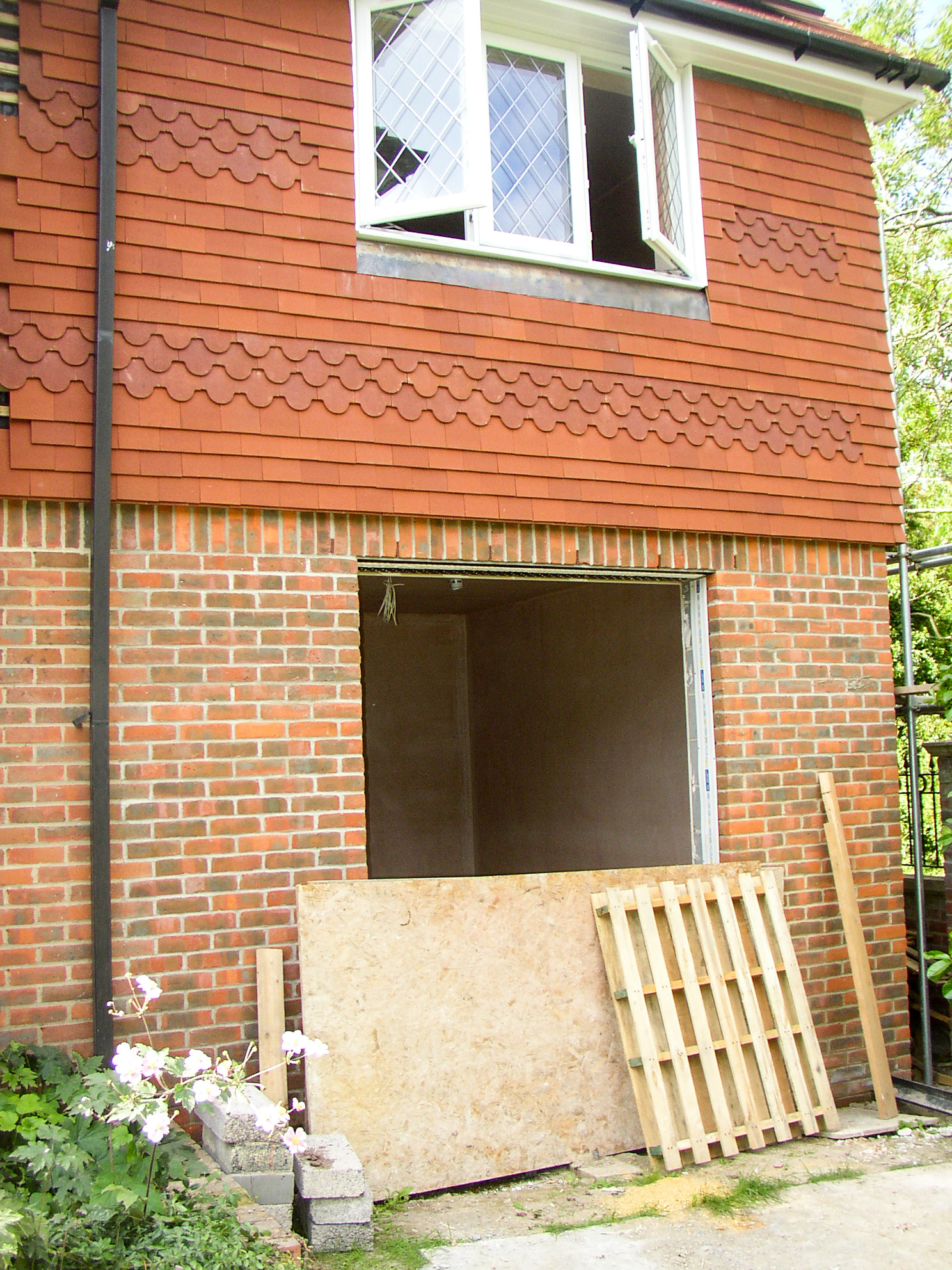Is retrospective building consent a thing?
Is retrospective building consent a thing?
There are times when you have to get on with a job. Perhaps a piece of equipment, like a digger, is only available for the next few days – or a concrete delivery can’t wait any longer. Or maybe there is only one craftsperson for the job, and they are not available after the end of the month. Such situations can be great for focusing the mind, as you have no choice but to get in gear and get moving.
But what if you have yet to receive sign-off from the council?

Planning versus regs versus consent
Building consent isn’t the same as planning permission or building regulations – the latter of which is sometimes known as building control – but it is easy to confuse them.
Planning permission is probably the clearest since its name and function match: it is permission for a new build, or an extension or other amendment on an existing property. In granting it, an authority will consider a wide range of factors, including whether the building sits well in its surroundings and its impact on neighbouring properties. Although risky, it is sometimes possible to obtain permission after you have finished the job, and some people rely on a so-called ‘four-year rule’, which states that if nobody complains about the result of your project during that time, it is too late to do anything about it. Just don’t try to hide your new home or the rule won’t apply.
Building regulations, on the other hand, are more about safety. If you remove a structural wall without providing an alternative means of support, your project will almost certainly fail to gain building regulations approval. Where planning permission is granted in advance of work starting, building regulations sign off is both ongoing and retrospective, based on one or more inspections.
And then we come to building consent, which applies to listed buildings. As Historic England explains, ‘if you want to alter or extend a listed building in a way that affects its character or appearance as a building of special architectural or historic interest, or even demolish it, you must first apply for listed building consent from your local planning authority.’
Applying for building consent
Rather than submitting your application right away, talk to your authority’s Conservation Officer who will offer help and advice. It is worth listening to what they say, as they will give you an idea of whether any changes will be permitted at all (potentially saving you the cost of applying if they say ‘no’) and, if it is not an outright refusal, they will explain how you can maximise your chances of acceptance.
Retrospective building consent is not something you should rely on being granted, as making changes to a listed building without authorisation is a criminal offence. Doing so is more likely to lead to an investigation and possible prosecution.
However, while there may be a legal penalty to pay for proceeding without consent, that doesn’t entirely rule out the possibility of gaining retrospective approval. As the government’s Planning Portal (PDF) outlines, ‘Section 8(3) of the [Planning (Listed Building and Conservation Areas)] Act 1990 enables an application for listed building consent to be made after work to a listed building has taken place. However, work is only authorised from the actual date the consent is given, so anyone carrying out the demolition of a listed building or altering or extending in a way which would affect its character prior to this can still be prosecuted.’
The answer, then, is that yes, retrospective building consent is ‘a thing’. However, relying on it is extremely risky. Not only might it be refused, landing you with the cost of rolling back your changes; you could also end up in prison.
The maximum penalty is two years’ detention, a fine – or both.
